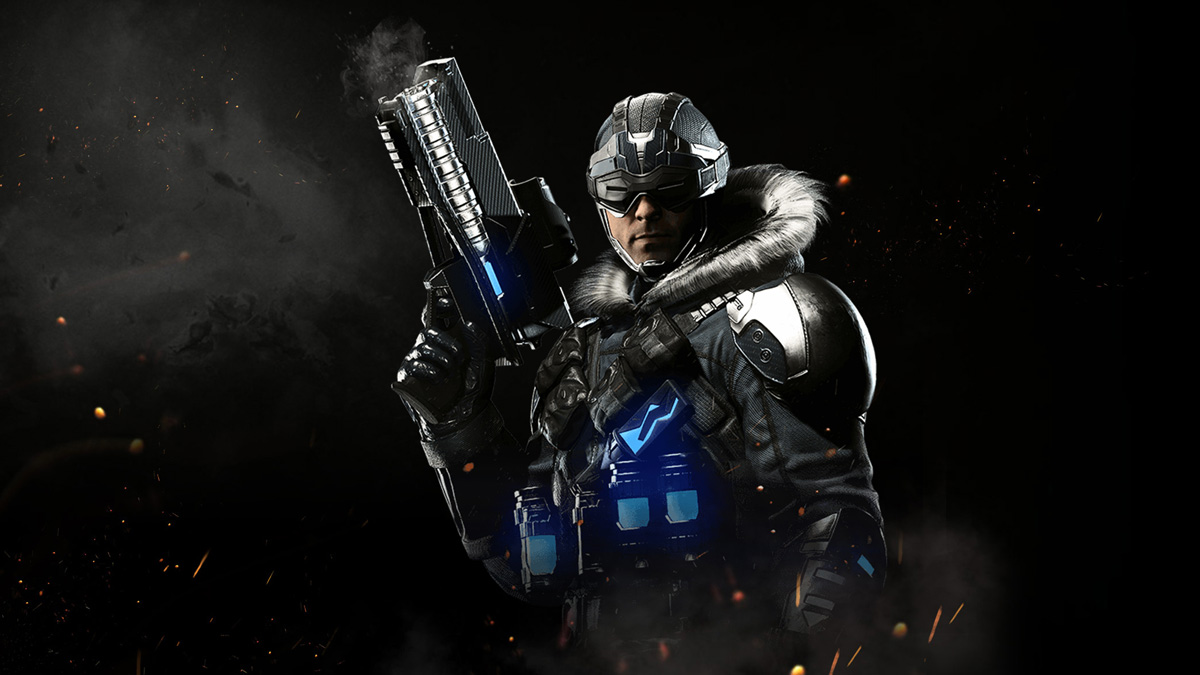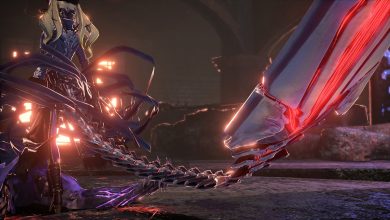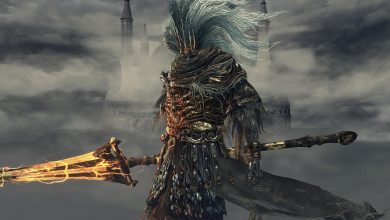Battlefield 2 Soldier Rifle Flamethrower Review
Here is a roundup of all the major new releases for Xbox One this week.
Using those two types of movement together to stay one step ahead of the horde takes some getting used to, especially learning not to panic when it looks like a 12-foot-tall Hell Knight is about to rip your spine out through your eye socket. But once you get the hang of teleporting behind an enemy and using the 180-degree-turn button to whip around and blast them in the back, and using the backward-scoot button to kite as you lay down a stream of fire at pursuing enemies, it starts to click.
Metroid is a Nintendo institution, one that dates almost as far back as the company’s console business. The series includes phenomenal games like Super Metroid and Metroid Prime, two games that frequently appear on “best of” lists. But Metroid has been in a funk for the past decade and losing favor along the way. Fans don’t want experimental spin-offs like Metroid Prime: Federation Force; they want to explore alien worlds as Samus Aran, hunt for high-tech equipment, and use it to dig even deeper into the unknown. Finally, with Metroid: Samus Returns, that call has been answered.
Most VR games
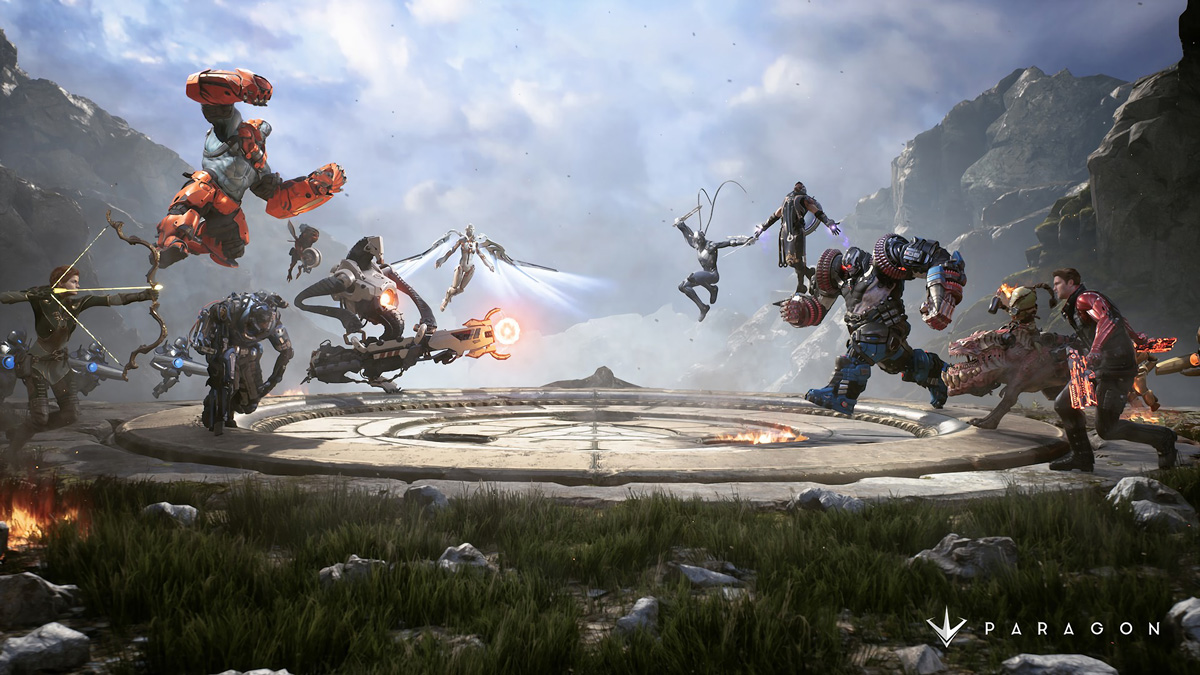
Teleportation is also what VFR uses to replace the gory melee kills in Doom: once you stagger and enemy by dealing some damage, you telefrag them (teleport on top of their location) for fun and extra items. Watching gore shower around you as you explode a demon from the inside isn’t quite as satisfying as Doom’s elaborately animated demon-dismembering kills, but it’s just about as effective in adding some strategy to the fray: the same concept of picking off weaker demons off to replenish your health as you take a beating from the stronger ones works in VFR.
Using those two types of movement together to stay one step ahead of the horde takes some getting used to, especially learning not to panic when it looks like a 12-foot-tall Hell Knight is about to rip your spine out through your eye socket. But once you get the hang of teleporting behind an enemy and using the 180-degree-turn button to whip around and blast them in the back, and using the backward-scoot button to kite as you lay down a stream of fire at pursuing enemies, it starts to click.
Motion-tracked controllers
The other movement is a sort of scoot, where you use the directional buttons or d-pad to jump a few feet at a time. You can do this as quickly as you can push the button, making for a jerky but speedy form of movement. It works, but makes me wish I could just enable smooth movement in the menus, just like you can turn on smooth turning if you don’t like the default incremental turns.
Motion-tracked controllers dramatically improve the immersion of aiming and firing a gun.
As in the 1991 monochromatic classic, you hunt down dozens of powerful Metroids on planet SR 388 in an effort to eradicate the bioweapon species and keep them out of evil’s hands. However, two key changes have occurred: the map has been greatly expanded and reshaped to more closely resemble what you might find in Super Metroid, and combat is more of a priority than ever. The latter is an effect of Nintendo bringing on Mercury Steam–the most recent developer to work on Castlevania–to develop the game. Thankfully (and most importantly), Samus Returns feels like a Nintendo-made Metroid, but it’s still easy to spot Mercury Steam’s influence–for the better.
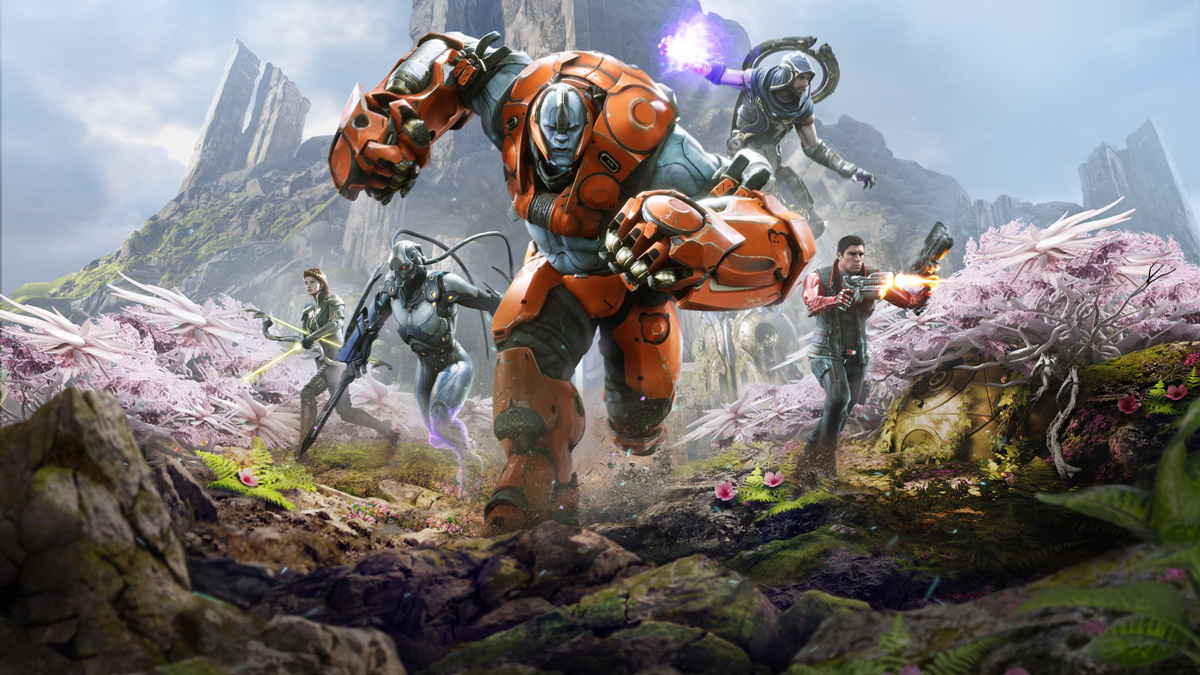
VFR uses
So far, the most common way to adapt an existing first-person shooter to VR has been to turn it into a shooting gallery, where you hold still and shoot targets as they pop up. Doom VFR is not that, at all.
Instead of taking that route or converting the original version (as Bethesda did with Skyrim VR), id built VFR from the ground up as a new game that bravely embraces Doom’s love of movement and momentum. It lets you get up in the faces of demonic invaders in some of the fastest-paced VR action I’ve experienced yet.
The other movements
Maize, that crazy-sounding, and cool-looking corn game launched on September 12. Other notable new releases this week include Don’t Starve Together: Console Edition (September 13) and Baja: Edge of Control HD (September 14). You can see a rundown of new Xbox One releases below, as compiled by Microsoft.
VFR can be played with a controller by using your face to aim, but preferably with Moves or Vive controllers (or the Oculus Touch controllers, if you enable the new Steam VR beta), or the PSVR Aim controller. Motion-tracked controllers dramatically improve the immersion of aiming and firing a gun, and the sticks on the Aim controller work especially well for controlling teleportation. The one downside to the Aim is that accessing the weapon wheel is tough because it’s hard to hold the R1 button on the side down while gripping the handle.
But one of the persistent issues I have while playing with motion controls is that a charging enemy (imps, mostly) will often get so close that pointing my gun at them and firing misses because the barrel of my gun is sticking out of their backs. I have to hold the gun up above them and shoot down, which is just goofy. There’s a shockwave move that blasts them back to help combat this, thankfully – and it works on big enemies that have you cornered, too.
The most immediate contribution that you see is Samus’ new parry action, a first for the series that allows you to counterattack and stun a rushing opponent. In turn, common enemies are more aggressive than usual, more liable to seek you out then wait for you to make the first move. Though parrying feels a bit strange at first as it brings your momentum to a temporary halt, you quickly learn the proper timing and understand how it fits into your repertoire, and when to rely on it.
Using the other types
You can also fire in any direction now thanks to the 3DS’ analog stick. The same input is used for movement, which means you can really only fire at a few angles while running forward, but all you need to do when surrounded by enemies is hold another button to stand your ground and aim freely. Samus’ newfound flexibility and physicality makes her feel like an even more capable hero, and makes the moment-to-moment exploration more lively than usual.
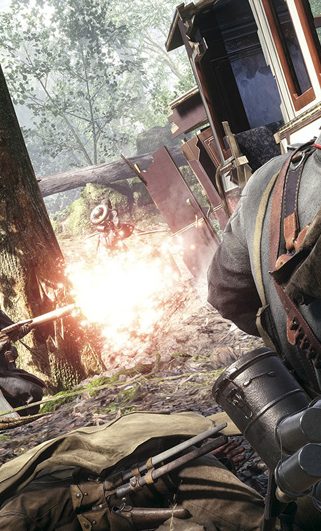 Considering that Metroid is more or less the foundation of so-called “Metroidvanias,” games where you wander massive environments, poking and prodding walls and ceilings to reveal secret chambers and items, it’s both curious and exciting when you unlock Samus’ Scan Pulse ability.
Considering that Metroid is more or less the foundation of so-called “Metroidvanias,” games where you wander massive environments, poking and prodding walls and ceilings to reveal secret chambers and items, it’s both curious and exciting when you unlock Samus’ Scan Pulse ability.
Triggering a pulse both reveals map layouts and information (including hidden passages) and temporarily highlights breakable objects in your environment. On one hand, this capability robs you of the unique joy that comes from isolating the one false brick in a wall, but it also means that you no longer need to waste time looking for secrets that may not exist.
To account for the bit of old-school joy that’s now taken away (unless you opt not to scan your environment), Samus Returns makes the process of acquiring items you’ve located more difficult than usual. You’re now often challenged to quickly juggle weapons, abilities, and maneuvers, without faltering, to reach items picked up during scans.
This may involve slowing down time and be activating Samus’ Lightning Armor to negate damage while moving along a wall with electrified plants (two abilities that share a resource meter), morphing into a ball and laying bombs to destroy a brick, and finally sliding through the gap before it regenerates.
There’s a healthy balance between easy pickups and these puzzling scenarios, and compared to other 2D Metroids, it’s far more fulfilling to work smarter, rather than harder, to reach 100% item completion–the real Metroid endgame.
For much of Samus Returns, that goal feels attainable thanks to your scanner. Sometimes you need to obtain a new piece of equipment or two before you can sol This Post Author
For much of Samus Returns, that goal feels attainable thanks to your scanner. Sometimes you need to obtain a new piece of equipment or two before you can solve an item-related puzzle, but that’s to be expected, and a handy multicolor marking system allows you to note where a specific weapon may be useful down the road. And by and large the game does a great job of providing insight into Samus’ ever-growing capabilities.
Conclusion
Giving you the information you need to overcome specific obstacles. There is, however, one isolated blemish in this regard: a traversal maneuver with inconsistent behavior, depending on a very specific circumstance that’s never mentioned or hinted at. Whether by design or by accident, this exception flies in the face of the game’s otherwise clear and informative nature, and proves frustrating in a few specific and punishing locations.
Captain Cold Injustice 2 Review
A long - 8.9
Intelligently revives - 9.6
Contributes to the series' lore - 9.6
Streamlines exploration - 9.4
Combat - 9.5
Instance of inconsistent logic - 10
9.5
GREAT
Metroid is a Nintendo institution, one that dates almost as far back as the company's console business.
